![]()
![]()
![]()
Use LEFT and RIGHT arrow keys to navigate between flashcards;
Use UP and DOWN arrow keys to flip the card;
H to show hint;
A reads text to speech;
27 Cards in this Set
- Front
- Back
|
Because Earth's axis is tilted as it moves around the sun, Earth has |
Seasons |
|
|
A lunar eclipse occurs during what phase |
Full Moons |
|
|
Tides are highest when |
Earth, Sun, and Moon are in a straight line |
|
|
A solar eclipse occurs when |
The moon passes between the Sun and the Earth |
|
|
One complete revolution of Earth around the Sun takes about |
365 days |
|
|
Earth's rotation on its axis causes |
Day and night |
|
|
Differences on how much the Moon pulls on different parts of the Earth causes |
Tides |
|
|
Earth's rotation takes about |
24 hours |
|
|
In the southern hemisphere, the summer solstice occurs when the sun is directly overhead at |
23.5 degrees south latitude |
|
|
If neither end of Earth's axis is tilted toward or away from the sun what occurs |
Equinox |
|
|
You never see the far side of the moon because |
The revolution and rotation are about the same time |
|
|
The amount of the lighted side of the moon you can see is the same during what phases |
First quarter and last quarter |
|
|
When the sun's pull is at right angles to the moon you have |
A neap tide |
|
|
The phase of the moon you see depends on |
How much of the lighted side is facing earth |
|
|
How much light do you see from new moon phase to full moon phase |
Increasing |
|
|
Describe the type of rays and length of days North America would experience when the north end of Earth's axis is tilted toward the sun |
We get direct rays and longer days and it's summer |
|
|
About how much time passes between a new moon and a full moon |
Half a month or 2 weeks |
|
|
From which direction is the sun shining on the first quarter phase |
The right |
|
|
During a full moon, where is the moon in relation to earth and the sun |
Sun,earth,moon |
|
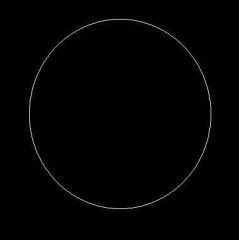
|
New moon |
|
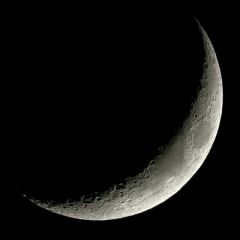
|
Waxing crescent |
|
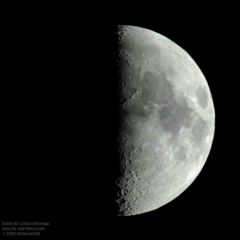
|
First quarter |
|

|
Waxing gibbous |
|
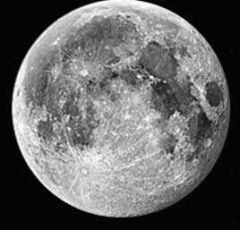
|
Full moon |
|
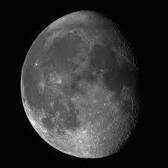
|
Waning gibbous |
|

|
Last quarter |
|
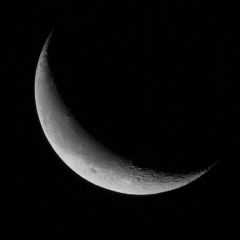
|
Waning crescent |

